Biochar can perhaps best be described as a stable form of charcoal that is made by heating almost any organic material at high temperatures, such as wood chips or agricultural and residual biomass, in a process called pyrolysis.
This thermal conversion process breaks down the organic material, transforming it into a highly porous, solid substance that can be used for a variety of purposes, across a range of different sectors.
Biochar can lock up a large proportion of carbon that is contained within the biomass feedstock, preventing it from decomposing and, in doing so, can act as a very effective carbon sink.
There are a variety of methods, processes and technologies that can be used for biochar production – ranging from low-tech batch operations using simple kiln type devices, to fully automated, continuously operated machines capable of processing larger quantities of material.
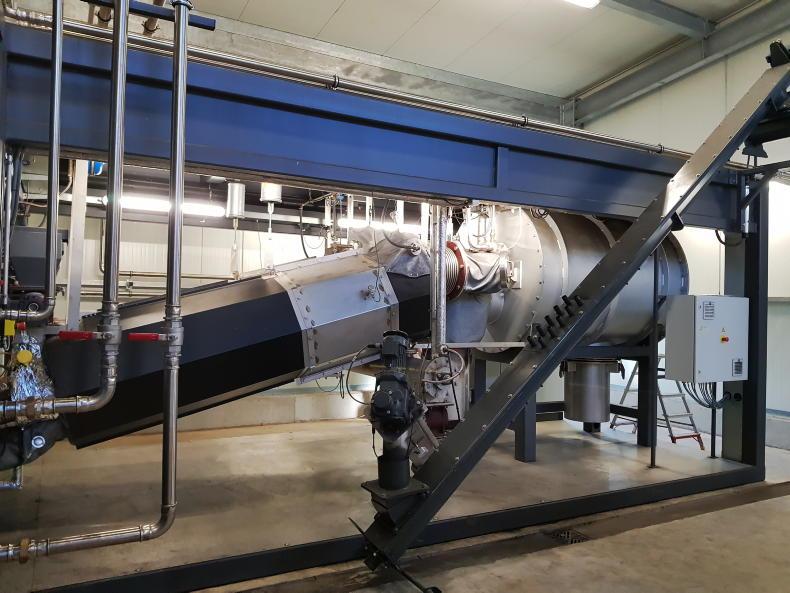
The thermal conversion process breaks down the organic material, transforming it into a highly porous, solid substance that can be used for a variety of purposes.
It is worth noting that in many instances, the production of biochar gives rise to excess energy, which can be used for heat or indeed bioelectricity, where the energy can be considered renewable.
Soil amendment
One of the most common uses of biochar is soil amendment. When added to soil, biochar can help to improve soil health in several ways.
Its porous structure provides a habitat for beneficial microorganisms, such as bacteria and fungi, which can help to break down organic matter, cycle nutrients and improve soil structure.
This can lead to increased water retention and improved nutrient availability for plants. It is best applied when premixed with beneficial nutrients or microbiology, which often occur when biochar is used within composting processes.
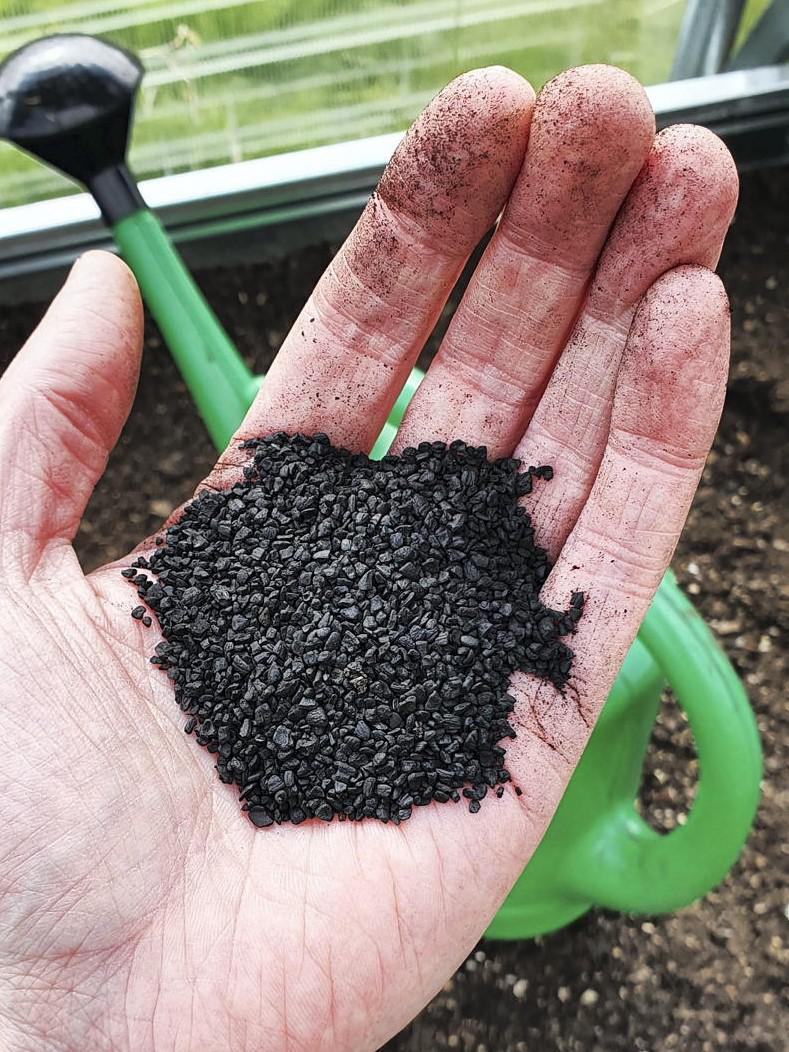
Biochar can be used as a soil amendment product.
It has shown promise within peat-free growing media, for green roof substrates and even within urban tree-planting and reforestation practices.
GHG emissions
Biochar can also help to reduce greenhouse gas emissions. When organic materials are burned or left to decompose, they release carbon dioxide into the atmosphere.
However, by converting these materials into biochar, this carbon can be locked away for hundreds of years, reducing the amount of CO2 that gets released into the atmosphere. This property has led to biochar being increasingly recognised as an effective carbon dioxide removal (CDR) technology, often termed PyCCS or pyrogenic carbon capture and storage.
But it is not just CO2 emissions biochar can assist in mitigating – it has been shown to be effective in reducing fugitive odours and emissions from slurry storage or composting.
Aside from soil applications, biochar has also been shown to have a range of other uses. For example, it can be used as a filter medium to remove pollutants from water, or as a component in construction materials, such as concrete or tarmac.
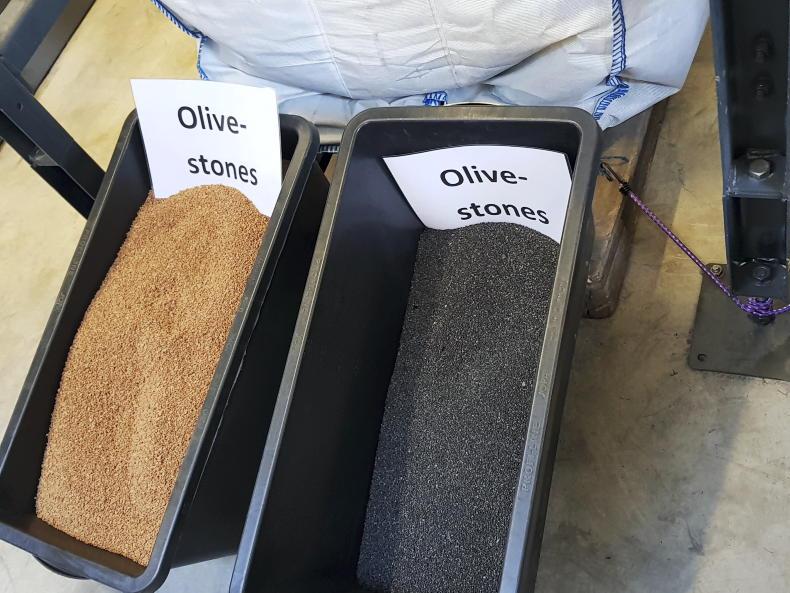
Biochar before and after.
It has also shown promise within remediation applications and as a potential means to reduce nutrient runoff into watercourses.
The nature of the parent material alongside the processing technologies and conditions will determine the type of biochar and ultimately what sort of application it might be best suited to.
Producers
Recent developments in Ireland have seen the number of biochar producers, technology providers, consultants, research and analytics as well as end users grow under the umbrella of the Irish Bioenergy Association (IrBEA).
There are several commercial producers offering bulk quantities of material for sale. More specialists’ products, such as animal feed additives, are also produced here.
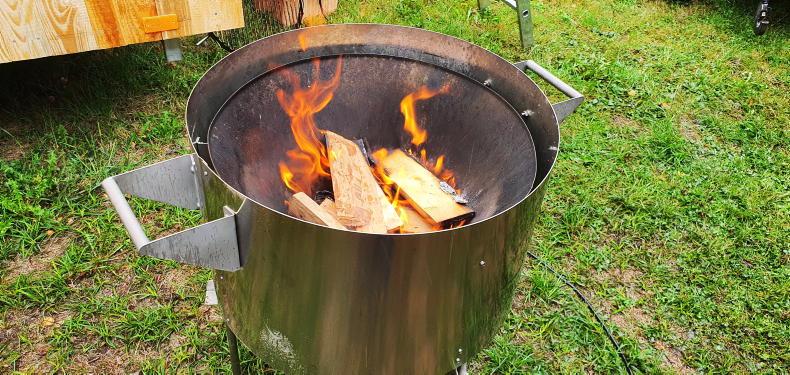
Biochar production can often be a simple process.
There is also a growing number of people in the farming community who are producing and using biochar themselves, using low-cost kilns. In many instances, the biochar will be crushed before being added to slurry storage and farmyard manure, where the resultant material can then be applied to soil, making it high in carbon and charged with nutrients and microbials.
By improving soil health, biochar can help reduce the need for inorganic fertilisers and irrigation, leading to cost savings for farmers.
Carbon credits
Many commercial biochar producers across Europe can also monetise the sale of carbon credits. As a rule of thumb, for every tonne of biochar produced, an approximate equivalent of three tonnes of CO2 is sequestered.
Provided the resultant material isn’t burnt, that carbon stays locked up for long periods of time, making it a more scalable, cost-effective and shovel-ready method of CDR when compared to systems like direct air carbon capture (DAC) or carbon capture and storage (CCS).
Developing a biochar industry requires a supportive policy environment that encourages investment, research and development, as well as market uptake.
Thankfully, biochar is beginning to see investment and it is being discussed at a European Commission level, with biochar experts forming part of the expert group on carbon removals.
Research is also continuing at pace, although there is a continued need for more Irish-led and focused research, particularly within our agricultural sector.
The IrBEA has been involved in a series of Interreg NWE-funded projects, including the THREE C (dedicated to creating the circular carbon economy) and recently announced CASCADE (Circular Conversion Cascades to Transform Residual Biomass to Carbon Products) projects.
As part of the project, IrBEA will be hosting a National Biochar & Carbon Products conference, which will take place on Wednesday 3 May in Carrick-on-Shannon.
The event will be sponsored by Celignis Analytical and Arigna Biofuels, two Irish companies who are key players in the Irish biochar market.
The event will bring together stakeholders from across northwest Europe, and attendees will hear just some of the latest developments taking place – with a particular emphasis on biochar’s role within agricultural and horticultural sectors; biomass management; bioenergy provisions and use within biomaterials.
More online
Full details and how to register at
www.irbea.org.
Biochar can perhaps best be described as a stable form of charcoal that is made by heating almost any organic material at high temperatures, such as wood chips or agricultural and residual biomass, in a process called pyrolysis.
This thermal conversion process breaks down the organic material, transforming it into a highly porous, solid substance that can be used for a variety of purposes, across a range of different sectors.
Biochar can lock up a large proportion of carbon that is contained within the biomass feedstock, preventing it from decomposing and, in doing so, can act as a very effective carbon sink.
There are a variety of methods, processes and technologies that can be used for biochar production – ranging from low-tech batch operations using simple kiln type devices, to fully automated, continuously operated machines capable of processing larger quantities of material.

The thermal conversion process breaks down the organic material, transforming it into a highly porous, solid substance that can be used for a variety of purposes.
It is worth noting that in many instances, the production of biochar gives rise to excess energy, which can be used for heat or indeed bioelectricity, where the energy can be considered renewable.
Soil amendment
One of the most common uses of biochar is soil amendment. When added to soil, biochar can help to improve soil health in several ways.
Its porous structure provides a habitat for beneficial microorganisms, such as bacteria and fungi, which can help to break down organic matter, cycle nutrients and improve soil structure.
This can lead to increased water retention and improved nutrient availability for plants. It is best applied when premixed with beneficial nutrients or microbiology, which often occur when biochar is used within composting processes.

Biochar can be used as a soil amendment product.
It has shown promise within peat-free growing media, for green roof substrates and even within urban tree-planting and reforestation practices.
GHG emissions
Biochar can also help to reduce greenhouse gas emissions. When organic materials are burned or left to decompose, they release carbon dioxide into the atmosphere.
However, by converting these materials into biochar, this carbon can be locked away for hundreds of years, reducing the amount of CO2 that gets released into the atmosphere. This property has led to biochar being increasingly recognised as an effective carbon dioxide removal (CDR) technology, often termed PyCCS or pyrogenic carbon capture and storage.
But it is not just CO2 emissions biochar can assist in mitigating – it has been shown to be effective in reducing fugitive odours and emissions from slurry storage or composting.
Aside from soil applications, biochar has also been shown to have a range of other uses. For example, it can be used as a filter medium to remove pollutants from water, or as a component in construction materials, such as concrete or tarmac.

Biochar before and after.
It has also shown promise within remediation applications and as a potential means to reduce nutrient runoff into watercourses.
The nature of the parent material alongside the processing technologies and conditions will determine the type of biochar and ultimately what sort of application it might be best suited to.
Producers
Recent developments in Ireland have seen the number of biochar producers, technology providers, consultants, research and analytics as well as end users grow under the umbrella of the Irish Bioenergy Association (IrBEA).
There are several commercial producers offering bulk quantities of material for sale. More specialists’ products, such as animal feed additives, are also produced here.

Biochar production can often be a simple process.
There is also a growing number of people in the farming community who are producing and using biochar themselves, using low-cost kilns. In many instances, the biochar will be crushed before being added to slurry storage and farmyard manure, where the resultant material can then be applied to soil, making it high in carbon and charged with nutrients and microbials.
By improving soil health, biochar can help reduce the need for inorganic fertilisers and irrigation, leading to cost savings for farmers.
Carbon credits
Many commercial biochar producers across Europe can also monetise the sale of carbon credits. As a rule of thumb, for every tonne of biochar produced, an approximate equivalent of three tonnes of CO2 is sequestered.
Provided the resultant material isn’t burnt, that carbon stays locked up for long periods of time, making it a more scalable, cost-effective and shovel-ready method of CDR when compared to systems like direct air carbon capture (DAC) or carbon capture and storage (CCS).
Developing a biochar industry requires a supportive policy environment that encourages investment, research and development, as well as market uptake.
Thankfully, biochar is beginning to see investment and it is being discussed at a European Commission level, with biochar experts forming part of the expert group on carbon removals.
Research is also continuing at pace, although there is a continued need for more Irish-led and focused research, particularly within our agricultural sector.
The IrBEA has been involved in a series of Interreg NWE-funded projects, including the THREE C (dedicated to creating the circular carbon economy) and recently announced CASCADE (Circular Conversion Cascades to Transform Residual Biomass to Carbon Products) projects.
As part of the project, IrBEA will be hosting a National Biochar & Carbon Products conference, which will take place on Wednesday 3 May in Carrick-on-Shannon.
The event will be sponsored by Celignis Analytical and Arigna Biofuels, two Irish companies who are key players in the Irish biochar market.
The event will bring together stakeholders from across northwest Europe, and attendees will hear just some of the latest developments taking place – with a particular emphasis on biochar’s role within agricultural and horticultural sectors; biomass management; bioenergy provisions and use within biomaterials.
More online
Full details and how to register at
www.irbea.org.














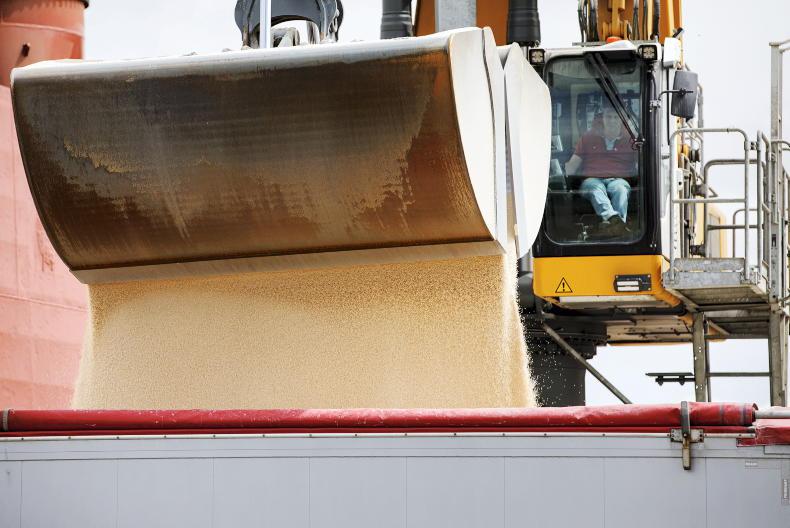

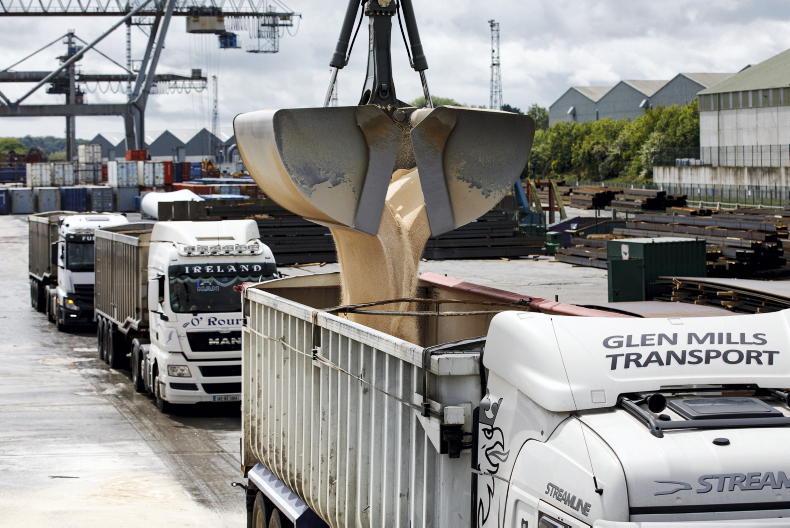
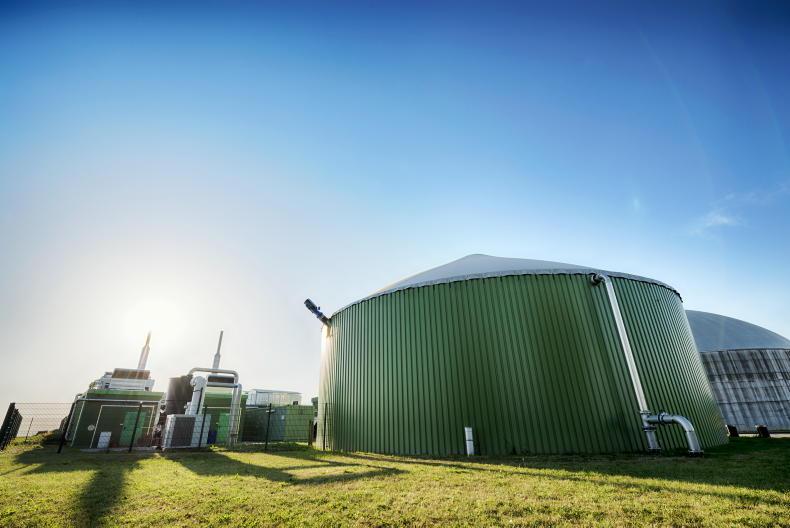

SHARING OPTIONS